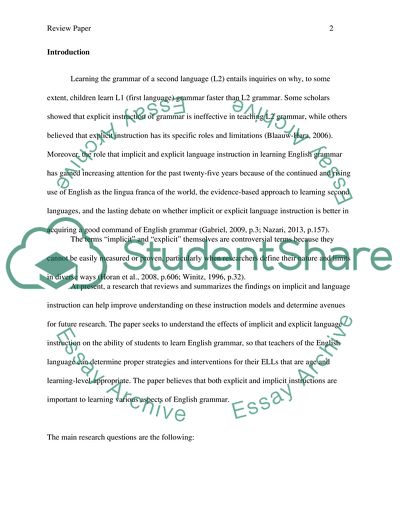Cite this document
(Learning the Grammar of a Second Language Research Paper - 1, n.d.)
Learning the Grammar of a Second Language Research Paper - 1. Retrieved from https://studentshare.org/education/1817649-a-review-paper2
Learning the Grammar of a Second Language Research Paper - 1. Retrieved from https://studentshare.org/education/1817649-a-review-paper2
(Learning the Grammar of a Second Language Research Paper - 1)
Learning the Grammar of a Second Language Research Paper - 1. https://studentshare.org/education/1817649-a-review-paper2.
Learning the Grammar of a Second Language Research Paper - 1. https://studentshare.org/education/1817649-a-review-paper2.
“Learning the Grammar of a Second Language Research Paper - 1”, n.d. https://studentshare.org/education/1817649-a-review-paper2.


